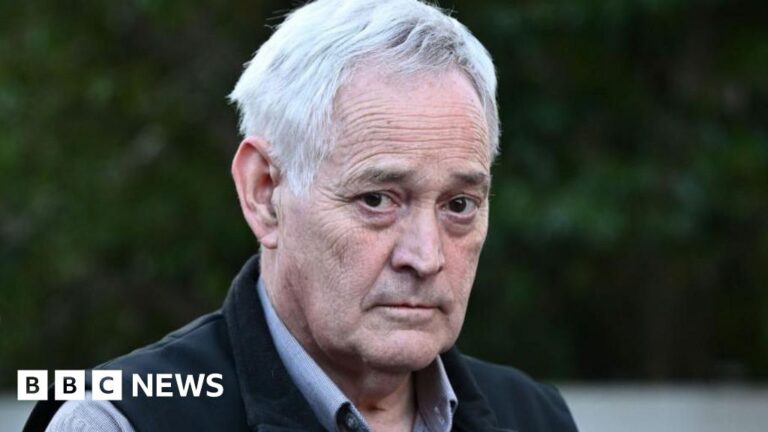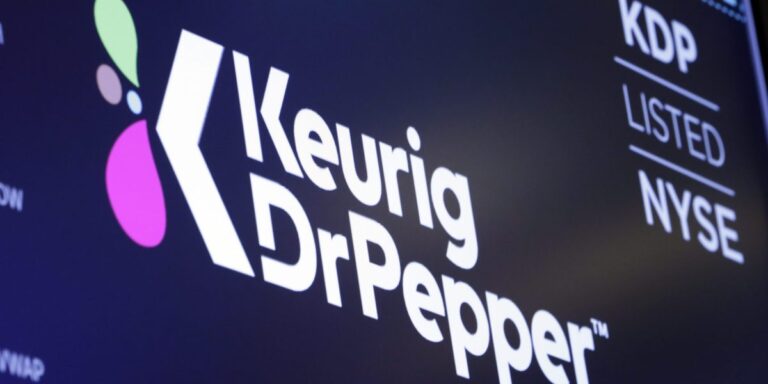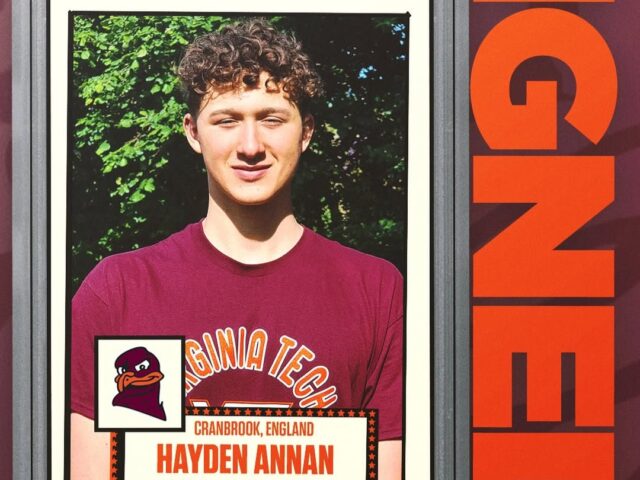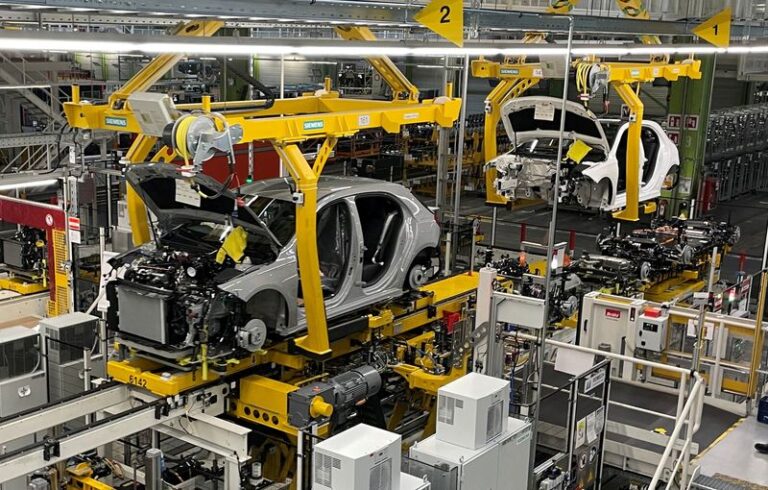BBC News, Sydney
BBC News, Melbourne
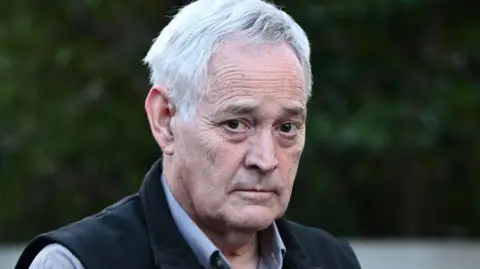 EPA
EPATriple-murderer Erin Patterson has stolen “years of love and laughter”, family members of the victims poisoned by her toxic beef Wellington lunch have told a court.
Patterson, 50, was last month found guilty of killing three relatives – and attempting to kill another – with a death cap mushroom-laced meal in July 2023.
In a hearing on Monday, ahead of her sentencing on 8 September, a group of relatives gave emotional statements about the impact of their loved ones’ brutal deaths.
The sole survivor of the lunch, local pastor Ian Wilkinson, said he felt “half alive” without his late wife Heather – but made a powerful offer of forgiveness to the woman who killed her and almost took his life too.
In the days after the meal at Patterson’s home, her former in-laws Don and Gail Patterson, both 70, died in hospital, as well as Gail’s sister, Heather Wilkinson, 66.
Mr Wilkinson became desperately ill, but recovered after weeks of treatment in hospital.
Patterson’s estranged husband Simon Patterson had also been invited to the lunch but pulled out at the last minute. He has accused Patterson of a years-long campaign to poison him too – but three charges of attempted murder relating to him were dropped on the eve of the trial.
One after another, in quick succession, on Monday the court heard a series of victim impact statements which detailed how Erin Patterson’s crimes blew up two close-knit families.
Mr Patterson spoke of his inability to articulate how much he missed his parents. Ruth Dubios – the daughter of Ian and Heather Wilkinson – told the court Patterson had used her parents’ natural kindness against them. Don Patterson’s 100-year-old mother shared her grief at having outlived him.
But it was Ian Wilkinson’s turn in the witness box which floored the courtroom. He has barely said a public word since the fatal lunch, but today he walked into court and confronted the woman who murdered his wife, snuffed out the lives of his two best friends, and left him on the brink of death.
Sitting across from Erin Patterson, Mr Wilkinson opened his statement by tearfully paying tribute to his “beautiful wife”.
“She was compassionate, intelligent, brave, witty – simply a delightful person who loved sharing life with others,” he said.
“If she could help somebody she would.”
“I only feel half alive without her,” he added.
Not only did Patterson rob him of growing old with his wife, and his children of their mother, Mr Wilkinson said, but she also took his two best friends, Don and Gail Patterson.
“They were good and solid people… We encouraged and supported each other for about 50 years. My life is greatly impoverished without them.”
Addressing Patterson directly, he questioned what “foolishness” had led her to think “murder could be the solution to her problems” – especially given the crime was committed against people who bore her only good will.
As the pastor neared the end of his statement, his voice became clearer and stronger as he spoke about his desire for justice, before offering Patterson his forgiveness.
“I bear her no ill will. My prayer for her is that she uses her time in jail wisely to become a better person,” he said, to gasps in the courtroom.
“Now I am no longer Erin Patterson’s victim. She has become the victim of my kindness.”

Through a family spokesperson, Simon Patterson also told the court of his grief – which has been compounded by the “abrasive” court process and at-times “deplorable” media maelstrom which followed the crimes.
He noted in particular the distress that the past few years have caused his children, who must now confront a life without their grandparents and their mother – something which caused his estranged wife to draw in a sharp breath.
“Like all of us, they face the daunting challenge of trying to comprehend what she has done,” his statement said.
“The grim reality is they live in an irreparably broken home with a solo parent, when almost everybody knows their mother murdered their grandparents.”
He vowed that he would continue following the example his parents set for him, by drawing on God’s strength and reflecting his love.
“I am faithful, however, they are with God and I will see them again,” he said.
Among the other relatives to have their statements read in court was the sole surviving sister of Gail and Heather, Don Patterson’s brothers, and his nephew who grew up idolising the former school teacher.
“I always wanted to be perpetually young at heart like him,” Tim Patterson said of his uncle. “How could someone like this… leave the earth this way?”
“Years of love and laughter” have been stolen as a result of his relatives’ murders, he added: “[And] the world is poorer for it”.
Prosecutors push for life without parole
Prosecutors concluded the hearing by arguing that Patterson should be sentenced to life in prison, without parole.
Jane Warren told the court Patterson’s actions should be considered “worst category offending” – pointing out the level of planning required, and that if she had come clean about the mushrooms, when asked by authorities, the lives of her victims could potentially have been saved.
Furthermore, the prosecution argued, Patterson spent the days after the lunch disposing of evidence and lying to police.
“It is a crime that is so cruel and so horrific, that in our submission the offender is not deserving of this court’s mercy,” Ms Warren said.
Patterson’s lawyer Colin Mandy agreed nothing but life in prison would be appropriate, but argued that parole should be allowed as his client’s notoriety means she will likely spend a lot of her jail term in isolation.
Justice Christopher Beale will hand down his sentenced in Melbourne on 8 September.


